Dear Parents,
We are delighted to share with you updates of your children during the months of our seasons changing. As you can imagine, many of our students have had some extra energy due to the excitement around the holidays, and they have kept us very active as we do our part to keep them on track and continue their education. Since conferences, we have created checklists that show the current progress of each child, so that we can guide them appropriately in ways that will challenge them to grow. As a way to draw them in and keep their interest, we have enjoyed adding some festive works along the way!
Fall Festivities & Works
Before the season has completely gotten away from us, here is a quick visual recap of some festive activities during our fall season.
Fall Crowns. Children enjoyed taking turns in small groups to decorate festive fall crowns with Ms. Lauren during some fall work cycles. This was a great activity to work their fine motor-skills as children enjoyed peeling their own leaf stickers to decorate their crowns.
Fall Basket. During our presentation for this work we read, “How do you know it’s Fall?,” by Allan Fowler, followed by a group discussion on the early signs of fall. Children may create their own fall scene and are encouraged to act out their own fall stories with the figurines and objects included.
Festive Pin & Tack Works. After reviewing our safety rules on sharp objects, reminding our students that these are tools (not toys!), children have enjoyed getting creative with new options of festive materials to decorate for the season.
And who could forget, our festive fall day and class photo! It was a fun day full of activities, including additional practical life activities with festive autumn colors to draw them into the challenging work material.
Math Activities
Before we get too carried away with our winter season activities, let’s not forget about all of the academics your children are learning.
Digits 1 – 10. During the first portion of our semester, we focused on organizing digits 1-10 at random, along with counting out the quantities. Our first-year students have appreciated the use of a control chart to guide them along the way, and as they catch on, we continue to introduce more 1 – 10 activities to challenge them.
Teens & Tens. Students who recognize the digits and quantities 1 – 10 at random are learning about teens materials. This introduction involves some simple addition by adding the number 10 to any single digit. Now that they have memorized the color-coded bead chains 1 – 10, they have also been introduced to the idea of skip counting by tens, from 10 – 40.
Language Activities
Beginning Sounds. We continue to expand on beginning sounds groupings, and your children have recently been introduced to the 3rd letter set (intentionally in lowercase): b/f/o/g. We have consolidated some of our single letter works from the past two sets (s/m/a/t & c/r/i/p), to sort through and organize “beginning sounds objects” under the appropriate letter sound, a fun memory exercise for all of our students.
Word Building for 2nd & 3rd Year Students. Our students who have learned nearly all 3 sets have been introduced to word building with our first 3 letter sets to form 3 lettered words alongside imagery.
Every student continues to have lessons on all 3 letter sets presented in group lessons, whether they are just exploring these sounds or reviewing them to retain their knowledge. Recently, students have been participating in memory activities offered during the work cycle with the use of our Montessori wooden letter sets. How it works: first, each child is presented with a row of picture cards and a wooden letter to go along with each image (i.e., their “beginning sound”), and then a teacher will mix up the wooden letters for the children to work on their memory skills as they return each letter under the appropriate image to the best of their knowledge. Even our youngest of students love this challenge as they sharpen their short-term memory skills. Whether they get all of the images right or not, we do not correct them – instead we focus on the letters that they got right, and gently re-introduce to them the letters that they mixed up. Keeping the game light and positive keeps our students coming back for more!
Vocabulary: Emphasis on Emotions Words. After evaluations, we concluded that our students know the basic emotions words, and we are now challenging them to branch out and use new synonyms that are more precise to describe their feelings that come out during specific situations. Some of the basic terms that we are expanding on include synonyms for the typical words that your children have been learning from early feelings books such as happy, surprised, tired, angry, bored, frustrated, shy, mad, excited, scared, worried, and sad. For example, for the word happy, we have suggested different scenarios where we can use terms such as content, peaceful, accepted, optimistic, loving, giving, glad, and joyful. For “sad,” we have discussed terms such as lonely, down, blue, guilty, hurt, depressed, and heart-broken. Your children are hearing about new “feelings words” during discussions, check-ins, through image cards, and in Powerpoint lessons on a weekly basis. The more we can get our children talking about their feelings and sharing the “why” and “because,” the more they can better express themselves, self-regulate, and find a positive solution.

Advice for the Home: Helping Your Child to Feel Validated during a Tough Transition. When encountering emotions that feel more negative, we want our children to feel safe talking about these emotions. We let them know at school that it’s okay to feel this way – we all get these feelings sometimes (although we also explain that it is not okay to behave in certain ways when acting out). We are here to help them work through those emotions by offering them tools with words, examples, and peaceful areas in the classroom for self-guided regulation. Sometimes all your child wants is to feel validated, and they may need your help by gently encouraging them to expand on their words or by simply offering the words for them. For example, if my child is having an off-morning where she expresses angrily that she doesn’t want to go to school, I will describe what I think she is feeling and do my best to validate those feelings. I might say something like, “I can see you are feeling frustrated. It’s okay to be upset. I know, I don’t always want to get out of bed either – it’s hard sometimes when we are feeling exhausted.” Do your best to describe the scenario precisely, expanding on words that they are ready to learn, such as annoyed, irritated, anxious, etc. You may also want to offer them a couple minutes of space, if needed. I find that most times when I give my child space by letting her know, “I’ll be back in two minutes to see if you want to talk,” she comes around on her own, ready to move on. But in cases where my child is struggling to move on or we are in a situation where we need to stay on schedule, I remind her of something positive directly after I have acknowledged her feelings, for example “once we get to school, we’ll be so happy to see our friends, and they will miss you if you’re not there.” This can also be an opportunity for redirection, if you need to remind them of something fun you have planned for the day. Sometimes children don’t even need a reminder or redirection, and you can just stop at “it’s okay to be frustrated,” if they seem to feel validated and at peace with your acknowledgement. And in any case, offer to be there to talk about things when they are ready, whether they take you up on it or not – there is comfort in knowing you are there for them.
Lessons around Science, Geography, and Culture
While we have 3 separate sections laid out in the classroom for these areas, there is no sense in completely keeping them separate, especially where there is opportunity for overlapping lessons that teach our students about our universe. We enjoy the flexibility in these areas as we are often inspired to teach on a variety of topics at once.
Recent topics that have kept our students curious and engaged have managed to all tie together, in one form or another:
Our Solar System. Our first lessons were around the sun and planets within our solar system, along with some fun facts about the sun and the orbiting planets. Recent lessons include extensions on recognizing the layout of our solar system, categorizing the 4 interior “rocky planets,” and the outer “gas planets,” along with the asteroid belt floating between these planets. While your child may only be retaining a few fun facts along the way (although they might surprise you), they are fascinated to hear about our whimsical universe and love exploring materials that teach them about outer space.
Rocks, Minerals & Crystals. There has been high demand for exploration of rocks, so we have had fun putting together works that help children to recognize different types of rocks. So far, they have been learning to categorize real rocks into these basic categories: igneous rocks, or as the children like to call “fire rocks” and “volcano rocks,” sedimentary rocks, a.k.a. “sitting rocks,” and metamorphic rocks, a.k.a. “a mix of fire rocks and sitting rocks.” As you can imagine, our students are especially intrigued with the “volcano rocks,” and have enjoyed fun facts about how lava/magma dries at different speeds, creating different reactions and appearances in the rocks. For example, some have vesicles (gas bubbles) like pumice rocks, due to such fast drying of the magma. One of the rocks in our collection from the igneous or “fire rock” group includes a basalt rock, and when we told our students that it can be found on the Moon and Mars, everyone’s eyes widened with dropped jaws, followed by “wow’s” and “ahh’s.” The fun facts go on! We have also touched base on minerals in some of the rocks mentioned above, and plan to get more in depth in the new year as we explore minerals and crystals through a beautiful collection in storage, waiting to be examined by our curious students.
Introduction to Electricity. Trying to define electromagnetism to toddlers is actually a lot of fun! We do our best to simplify everything, and we have used a basic physics definition to explain electricity as an energy: a force with the ability to do work. We cover how electricity is omnipresent in our everyday lives, used in lighting, heating, cooling, electronics, machinery, etc. We explain that it’s everywhere, even in our bodies as our cells conduct electrical currents for our nervous system to send signals throughout our body and brain, and so on. While we don’t expect everyone to catch on to all of the technical details, we covered some basic takeaway lessons around safety, electrical circuits and on/off switches. Your children have seen diagrams showing how electrical currents can flow through materials (called conductors) and how insulators (such as rubber or plastic) are used to protect us as the electrical current can’t flow through them. Did our students catch all of that? Well, we certainly had their attention and they have truly enjoyed exploring our “broken electronics basket” where they may safely examine parts of a computer, processor chips in cameras, old cell phone parts, and more! And of course, we’ve had lessons on the magnetic field around a magnet, and each student has made their rounds trying out our new horse-shoe magnet work where they can see how opposites attract or how “the magnets like each other” and vice versa, and our classic Montessori work where they can sort through objects that are “magnetic” and “nonmagnetic.”
Geography Map Puzzles. As mentioned a while back, puzzles have been very popular during the first half of our semester, and our students have done so well with rebuilding simple puzzles next to their puzzle frame as they sharpen their spatial awareness, shape recognition, and focus. Since conferences, we have offered larger jigsaw puzzles without frames or control boards, encouraging students to use the edge of their rug as a frame as they sort all of the side pieces and corners, while the inner pieces are placed aside in a basket until they have put together the framing of the puzzle. This is our classroom approach to help keep track of our puzzle pieces as they stay organized for children to put their focus on the process. Now that our students are all showing a good sense of order in general, we have introduced our puzzle maps of North America, South America, and our USA puzzle maps to students of all ages. We take our time when teaching about each continent, so that we can share some fun facts along the way, looking at landmarks, resources, monuments, various cultures, and animals. Information overload never hurt anyone!

Cultural Topics around the Holidays. We have been discussing and sharing books about various traditions and holidays that happen throughout fall and winter, such as Thanksgiving, Kwanzaa, Hanukkah, Christmas, New Year’s Day, and the Chinese New Year. In Montessori, we touch on basic facts when it comes to holidays, explaining that everyone has their own traditions and beliefs. With all of these holidays, we especially focus on family time, being thankful, and finding ways to contribute to quality time. And for fun, we love to sing festive winter songs that are appropriate for everyone.

Winter Season Lessons & Activities
We tend to begin our winter season a little early at Indigo, since we will be missing your children during the first weeks of winter with the two weeks off of school in December. It gives us a chance to get festive with our works and to catch our students beaming with excitement over their own upcoming holidays. Check out our practical life shelf and imagine how much fun your children have had over the glittering objects and accent colors from a variety of holidays that we have been talking about from different cultures during the month of December. Oh, the simple joys we teachers have in putting together these practical life activities!
Everyone has made their rounds in our practical life area lately. Here are just some of our students engaged in these activities. Just scroll near the end of the blog for more!
Interior Design & Decorating. As many of us are decorating our homes for the holidays, it’s the perfect time to talk about the psychology of interior design and decorating. We have walked our students through various houses by showing images of the behind-the-scenes work of interior decorators and designers. This is also an opportunity for us to tie in those “feelings words” as we talk about how color choices, layouts, fabrics, and accents can improve our moods and evoke positive feelings. We compare images of clean and organized rooms alongside messy and cluttered rooms, and you can imagine that our students are quick to point out the safety hazards and true distaste for the messy rooms. All that said, we’ve encouraged your children to think about ways that they can contribute to their own homes. Your children have also been thinking about the placement of furniture to avoid clutter by creating their own floor plans with doll house furniture and felt fabrics. We have seen some very interesting and thoughtful layouts!
‘Tis the Season for Sewing! After our students learned about interior decorating and designers who make their own lines of pillows, curtains, rugs, and furniture, an introduction to sewing seemed appropriate. Everyone has had a number of lessons on a basic beginner’s stitch, and they are enjoying the privilege of using real sewing needles, working their fine motor skills to create a stitch along a card stock strip. We also consider hand-sewing as an indirect way to build the appropriate fine motor-skills for writing, since a child will naturally find a pincer grip in the process of handling a needle.
Music Lessons & Opportunities
While we have been exercising our vocals on a regular basis with scales and songs, we are also learning about musical instruments, notes, and scales. Everyone has had an introduction to a treble staff and how a C major scale looks on a staff, having a visual of how notes move up and down as we sing higher and lower. Children may now practice playing a set of bells in the key of C as they follow a color-coded note system to play the notes on sheet music.

Ms. Angelique has also recently introduced to them the piano where they are learning to play one note at a time, or they may play more than one note at a time as long as it is within a C major chord. We have used red tape on the piano so that children may easily find them and play two or more notes simultaneously to create harmonies. This is also a great way to keep our work cycle undisturbed as children practice careful touches to create peaceful music. More color-coded notes will be introduced in the new year.

Physical & Mental Health Lessons & Activities
While we focus a lot on our words, self-regulation, and finding peace within, we also encourage children to explore thoughtful exercises. They have enjoyed lessons on centering themselves through yoga and exercises around regulating their emotions. Check out our focused students, exercising their bodies and minds.
Opening Our Hearts During the Holidays. Expanding on our “gentle words” towards our peers as we consider others’ feelings is often a topic of conversation.
Your children continue to learn about gratitude, empathy, and grace on a number of levels. As we work towards being more sympathetic toward our peers, we are also reminded that everyone makes mistakes, we all have our shortcomings, and we run into misunderstandings from time to time. We encourage our students to find the courage to apologize to others in a thoughtful way. The biggest lesson is that we can actually grow from our mistakes and shortcomings as we take the time to peacefully “think about things” and return back to our situation in a new light.
In Montessori, we speak the (gentle) truth about the world around us. We continue to walk our students through different cultures and 3rd world countries where other children are simply thankful for the little that they do have. We have talked about charities, giving opportunities, and philanthropists as a way to bring light for those who are struggling. I especially like talking about Audrey Hepburn’s work with UNISEF as there are many powerful visuals out there that we can share with our children. We are gentle in our choices of imagery, being careful not to share with our students the worst of situations; rather, we show images that offer a strong glimpse of hope for people in need. Our children are the future – we must fill them with hope, motivation, and inspiration – not despair or discouragement.
We have ongoing conversations with our students to find reasons to be thankful in their own situations as we talk to them about how hard you are all working to provide for them. Thank you dear parents, for everything you do!
On that note, we better sign off and let you enjoy your family time. Please share the photos with your little ones over the holiday break, so they can tell you more about their days at Indigo. Below, we have a combination of lessons, work cycles, and transitional activities. We hope you feel really good about your child’s progress, and that you are hearing them expand on new words as they share new curiosities.
Warmest wishes during this extraordinary holiday season.
Thanks again for tuning in and we look forward to seeing everyone in the new year! Please leave a comment if you browsed this blog post – we love to hear from you!

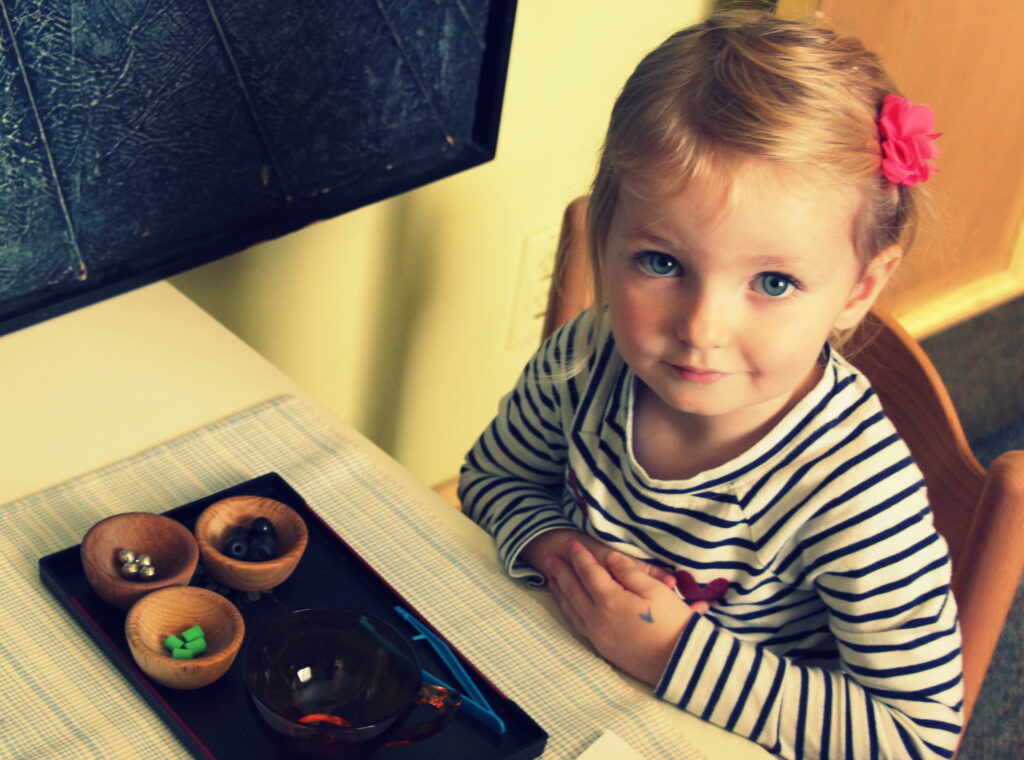

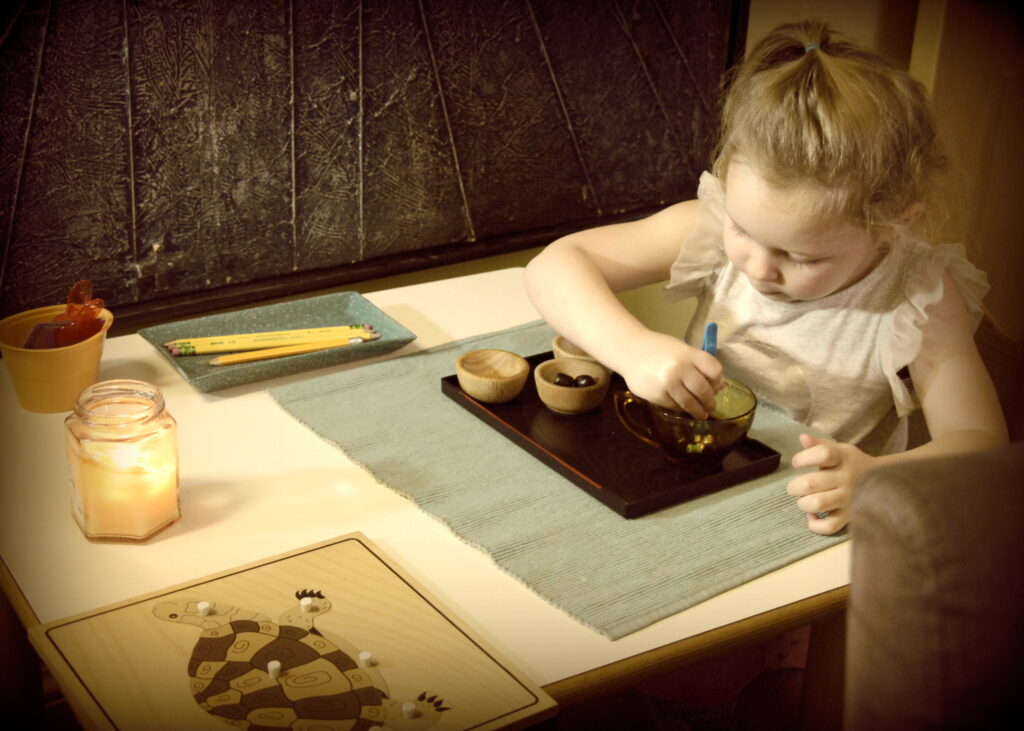












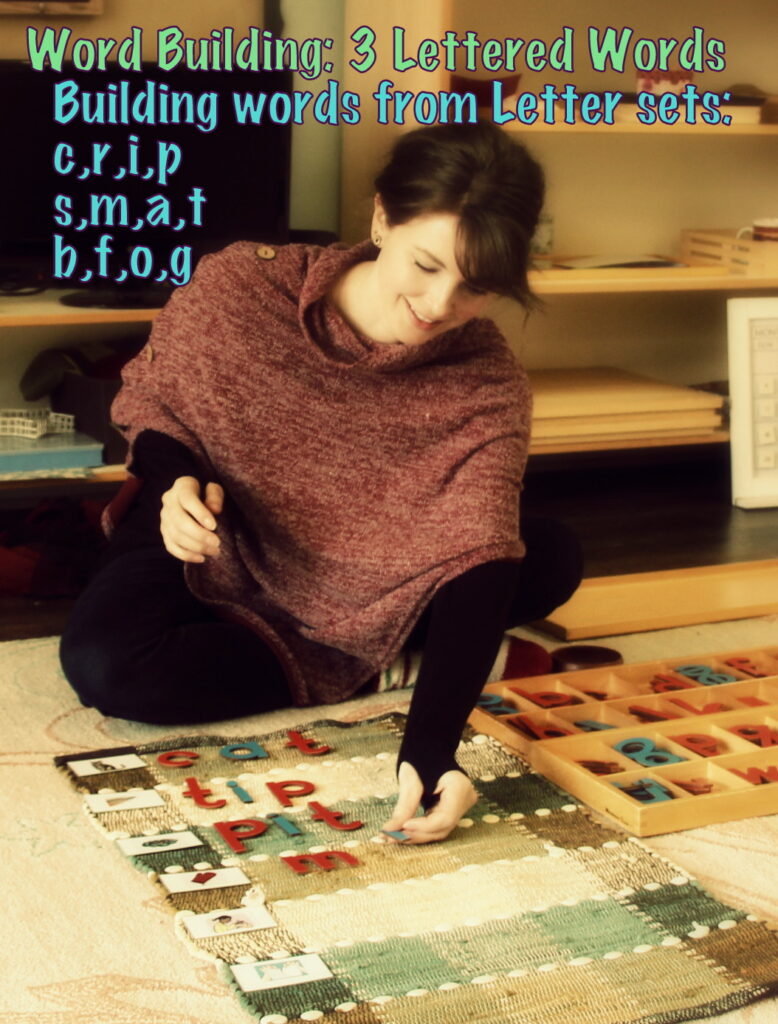

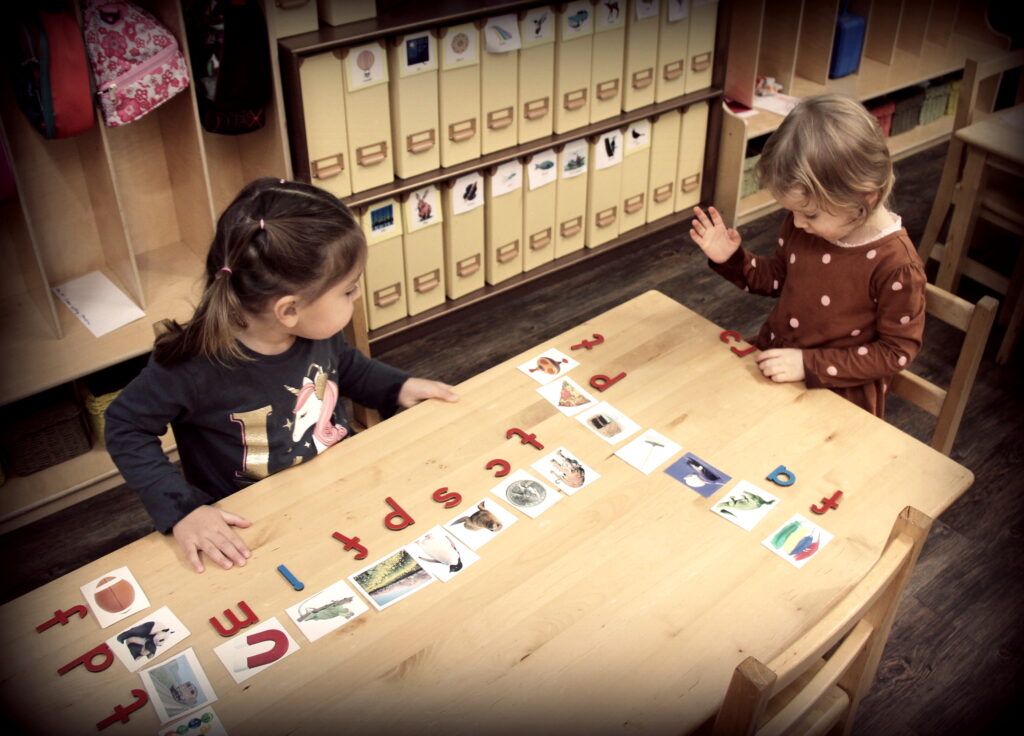





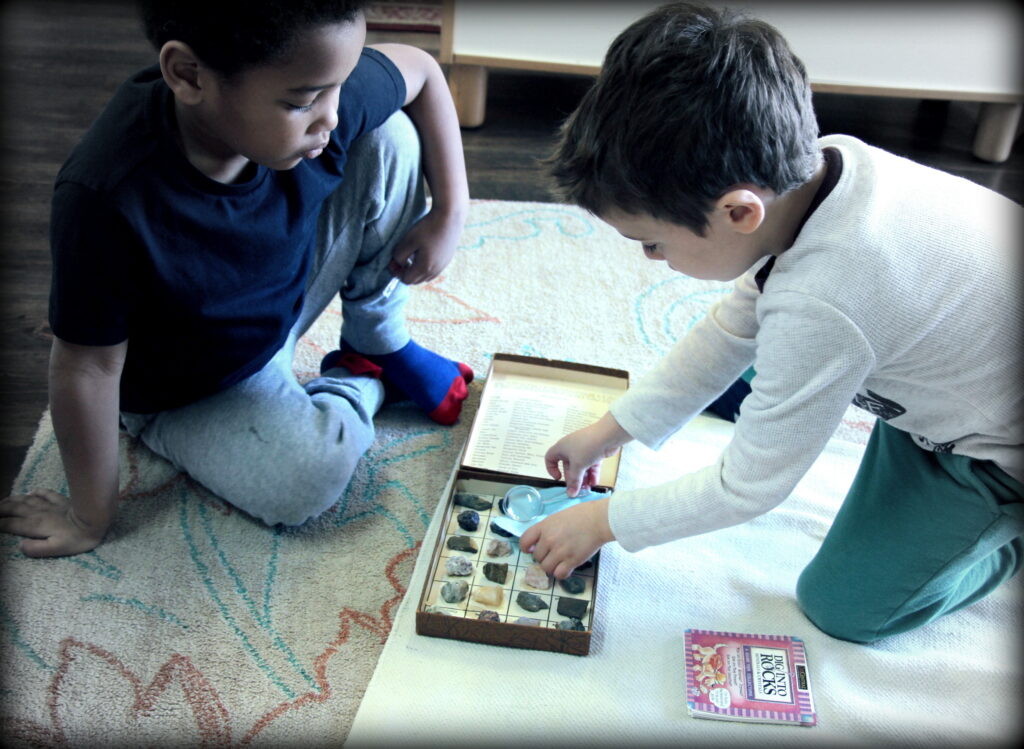





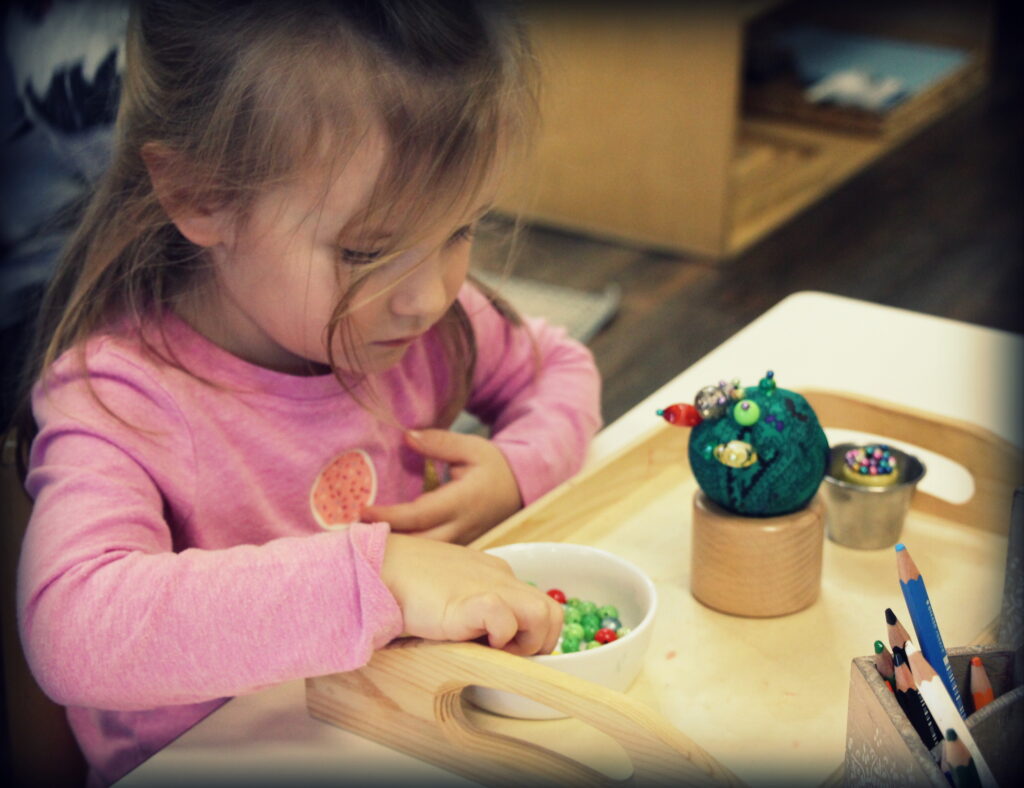
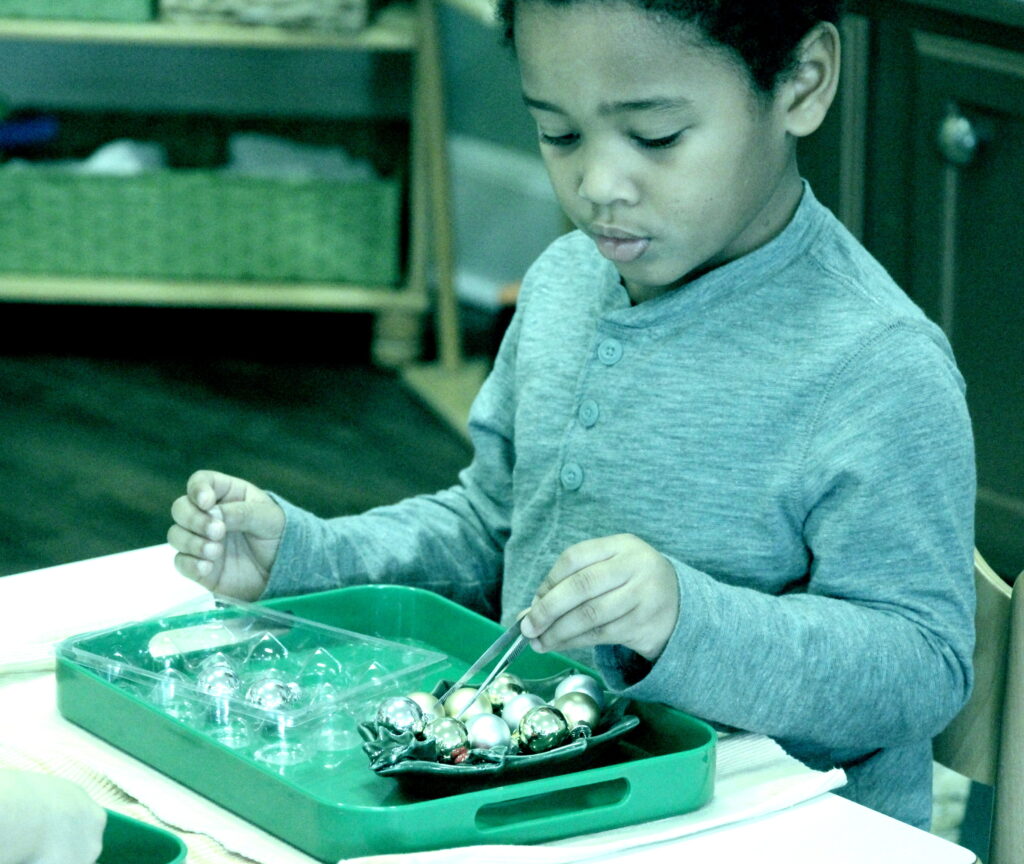




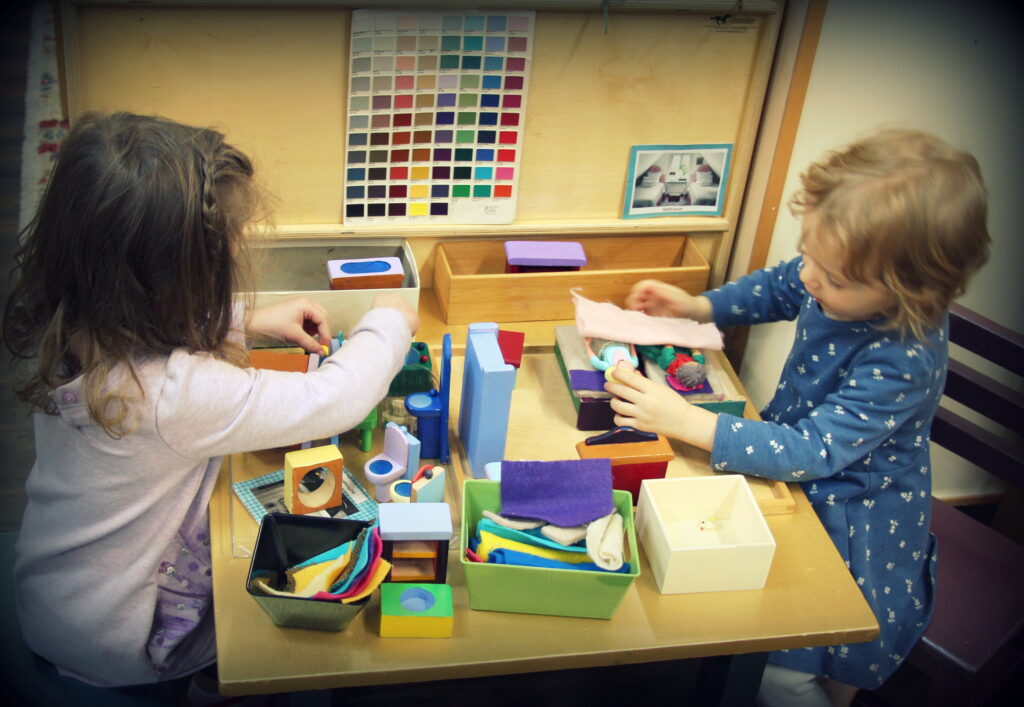


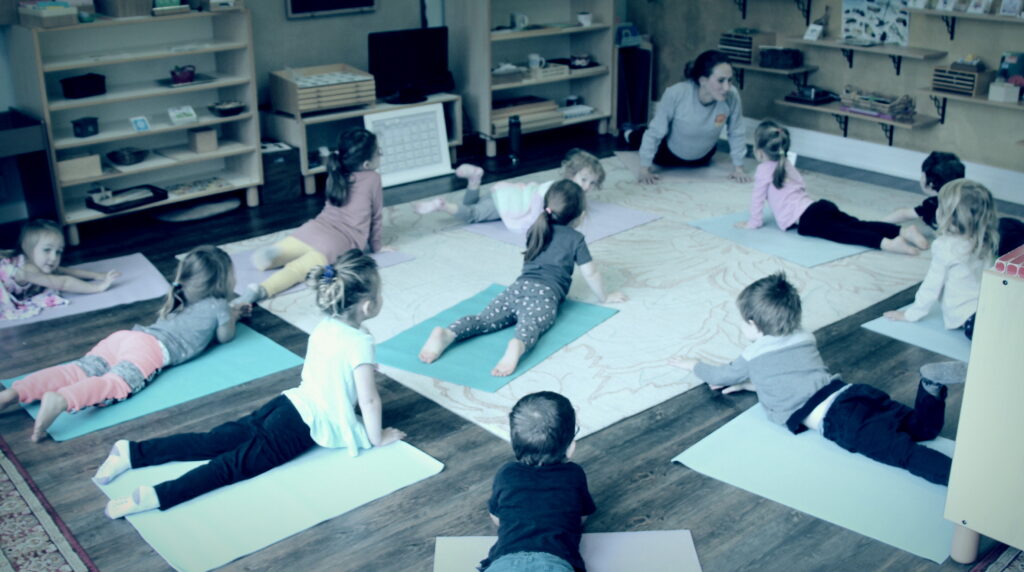




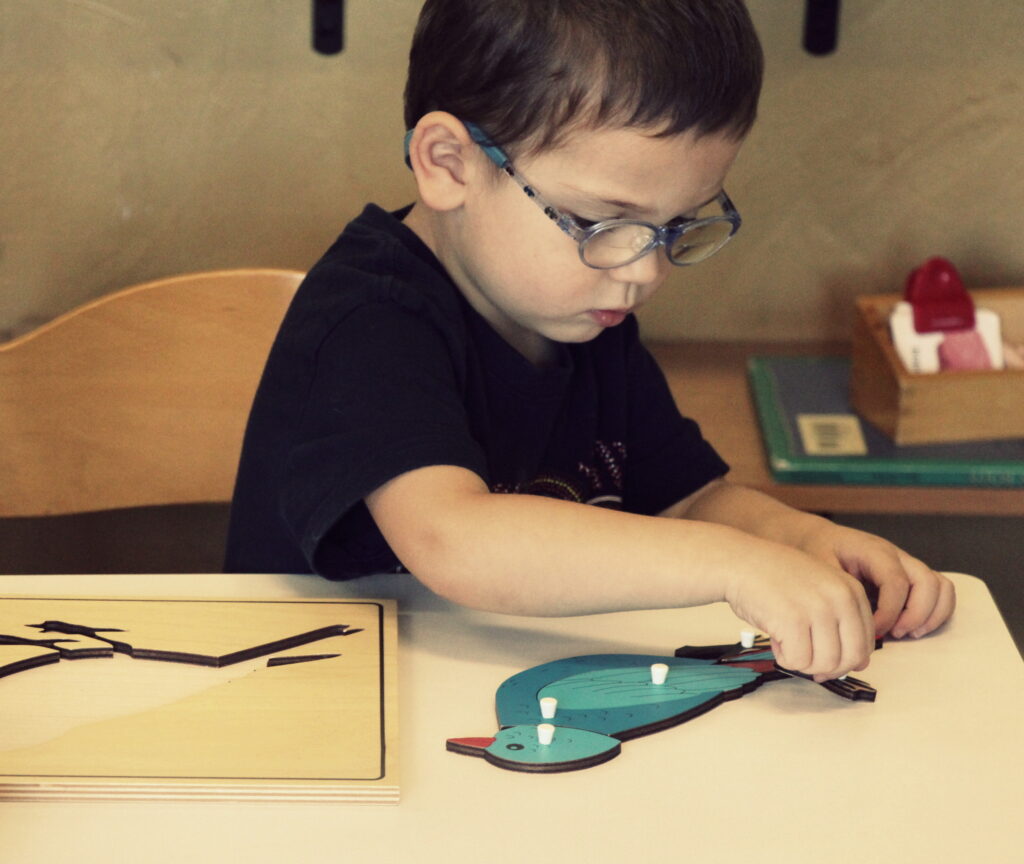




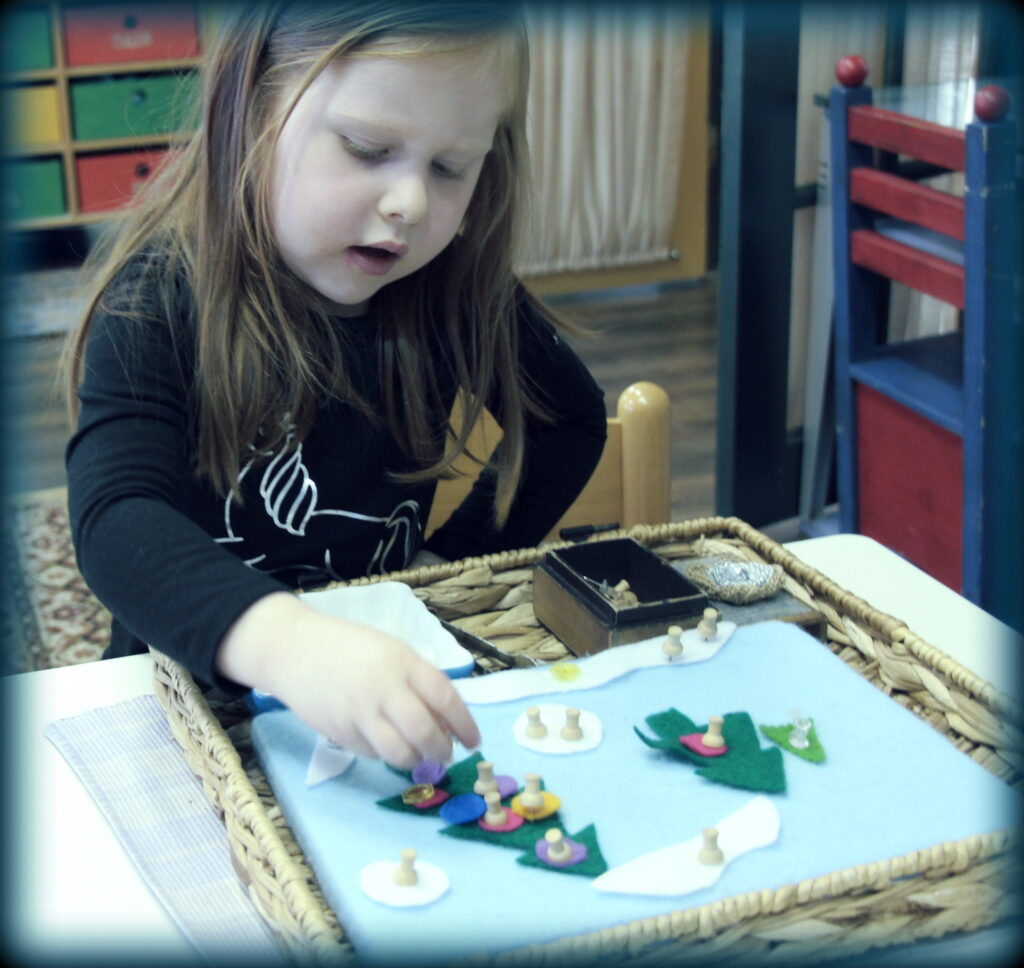


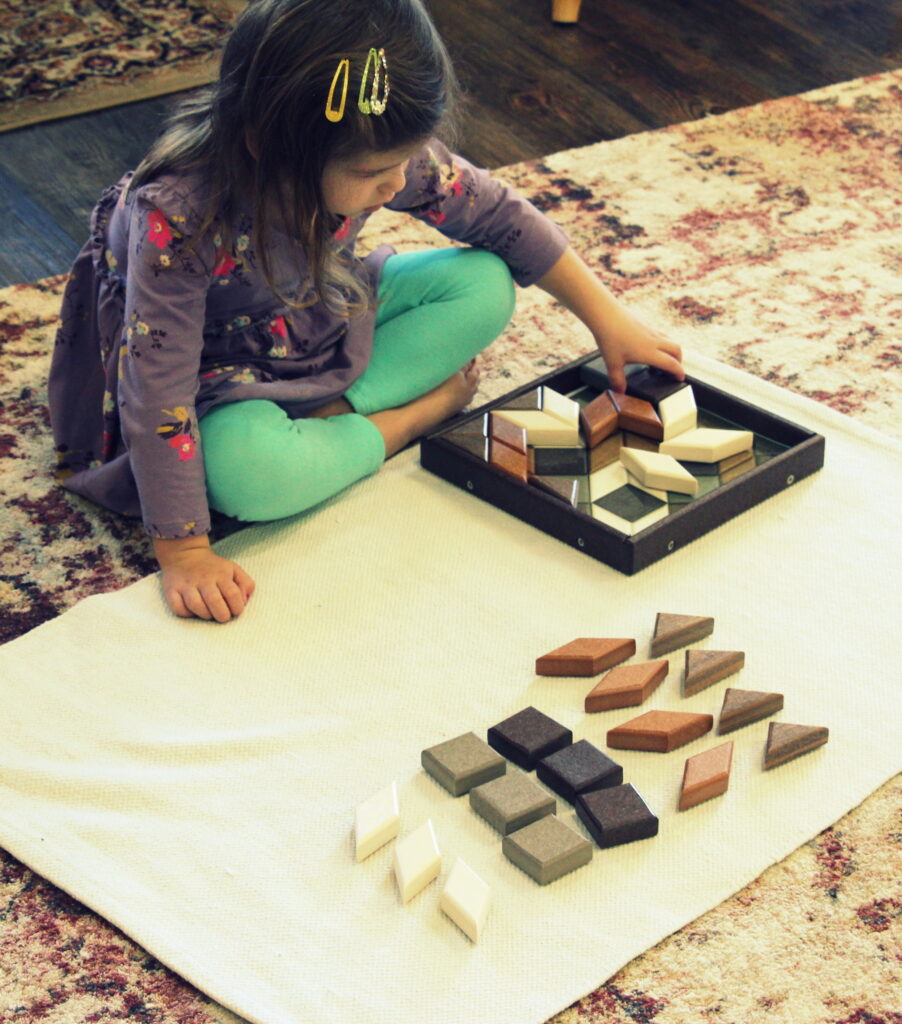










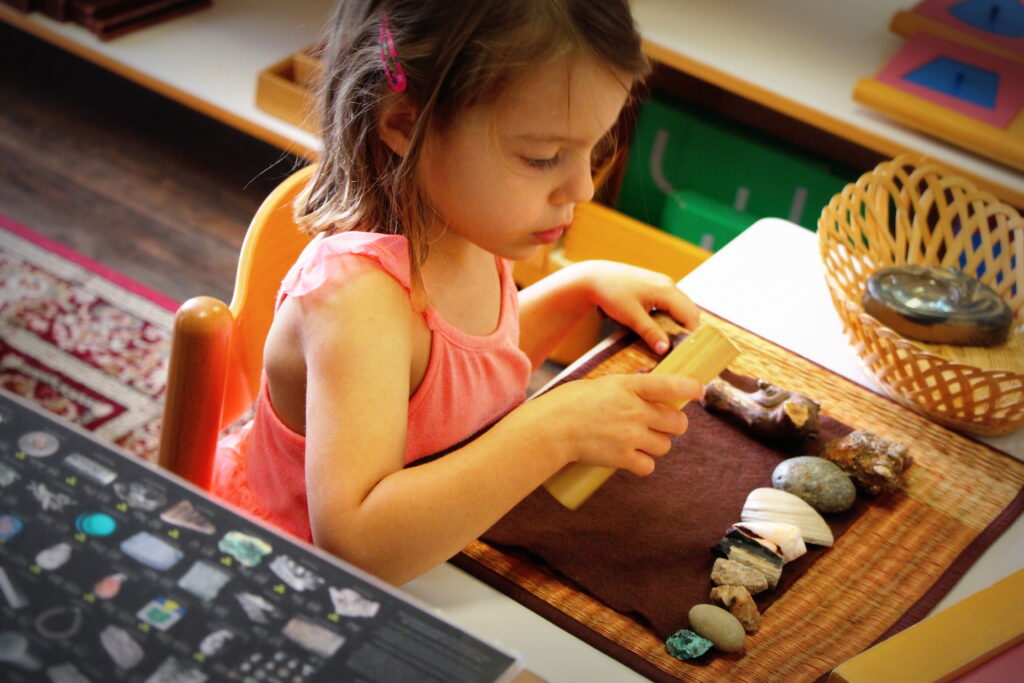
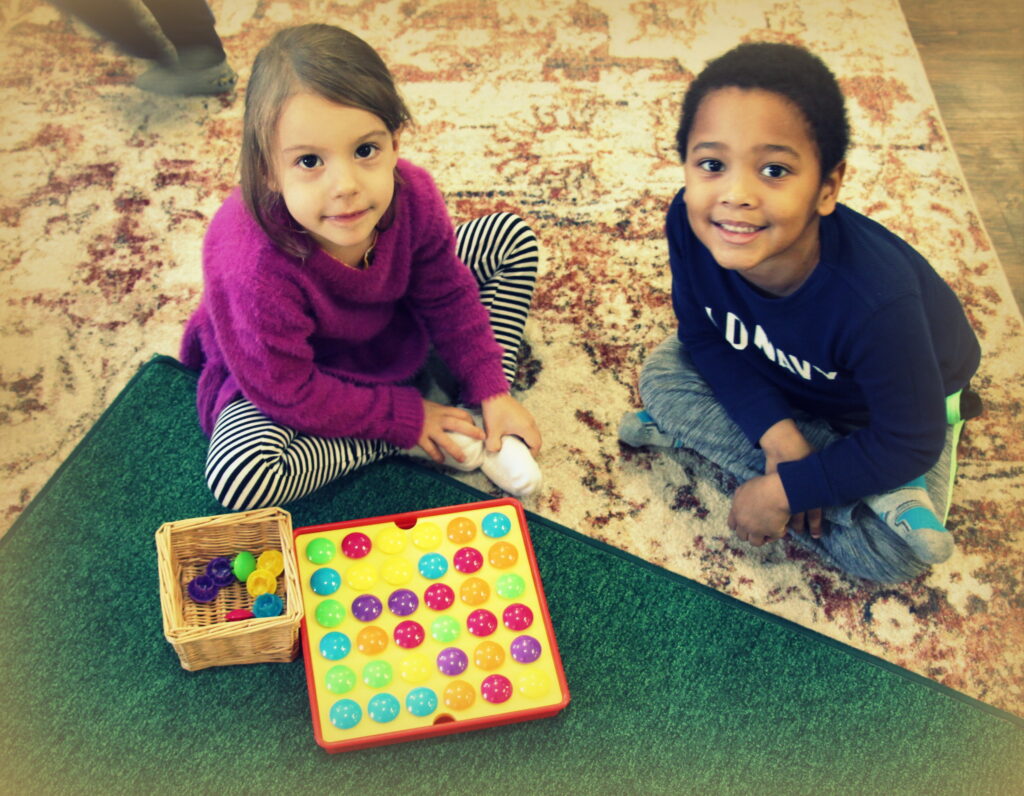
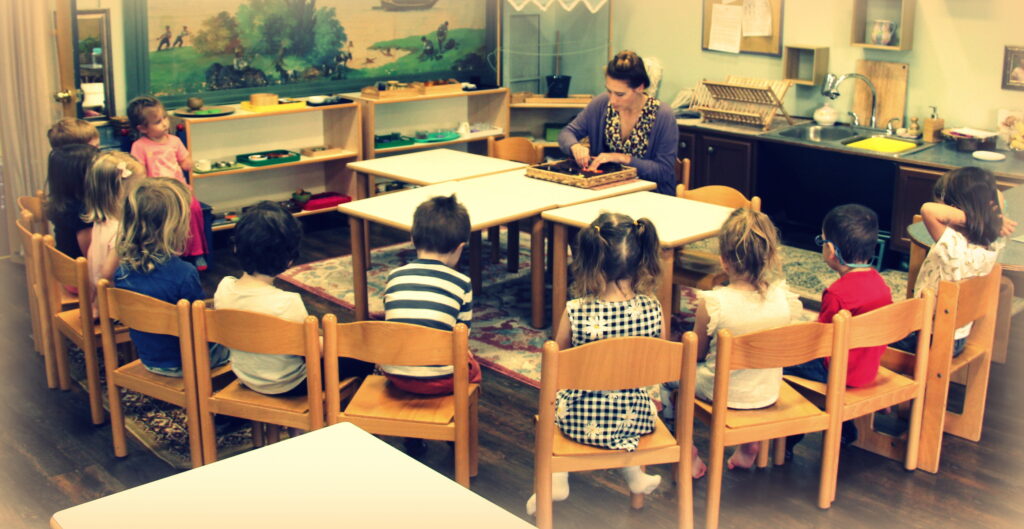
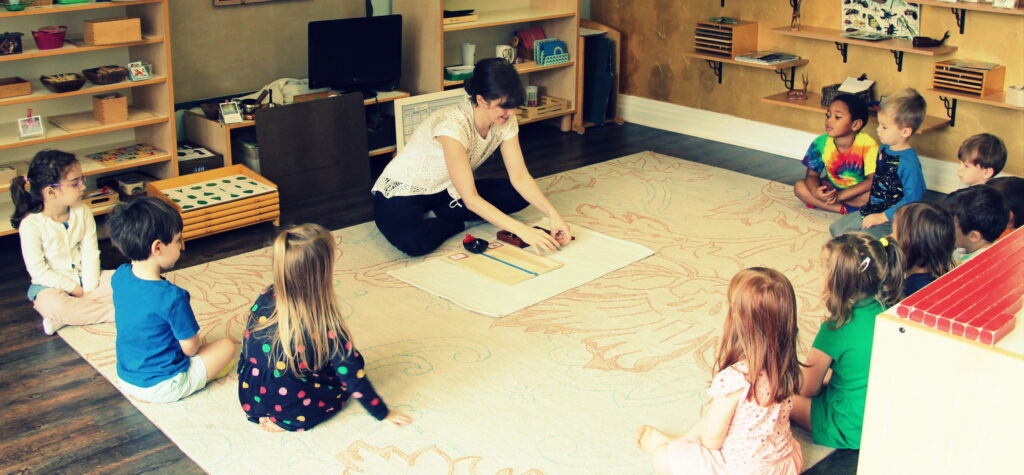


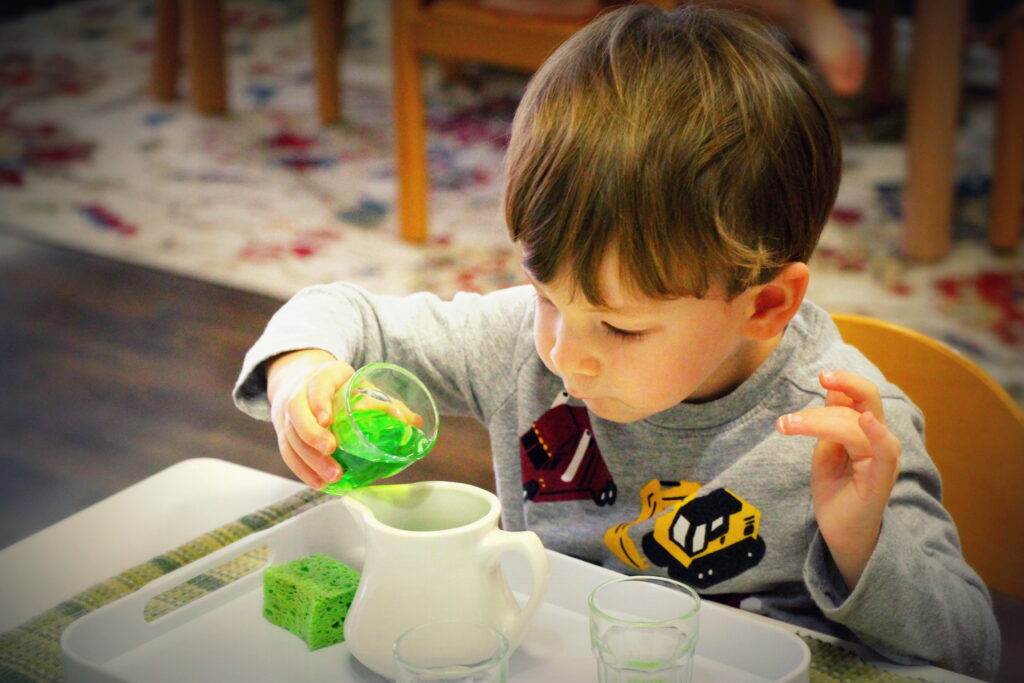
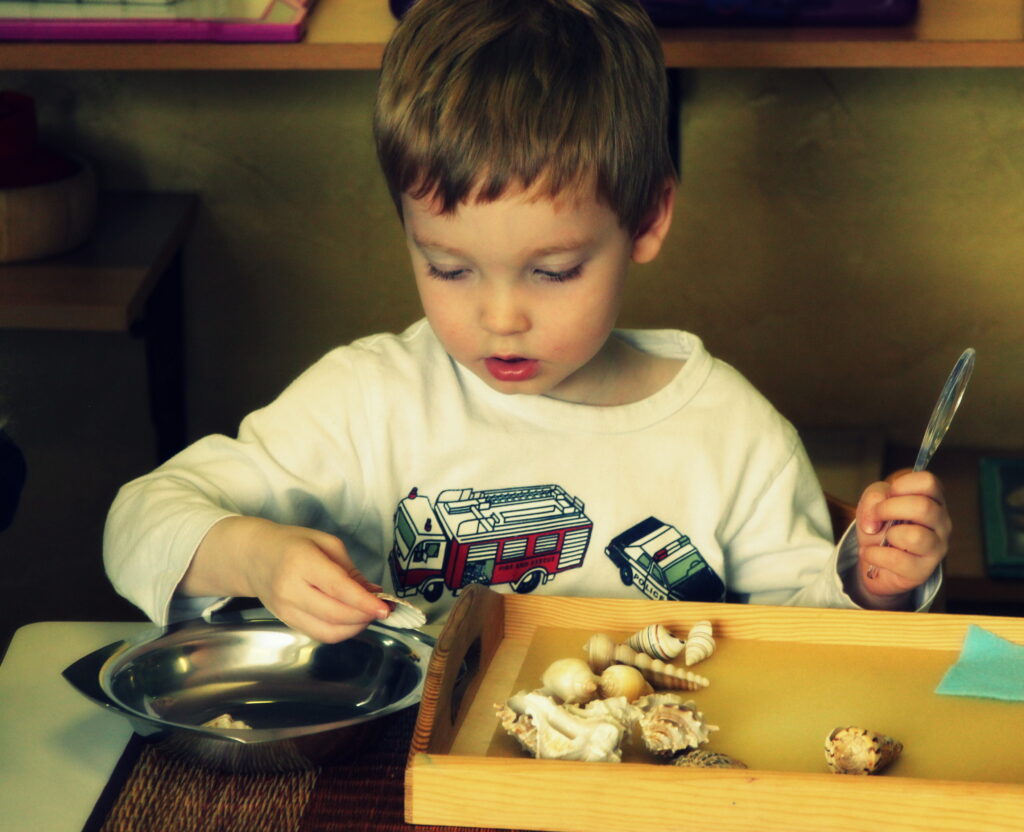
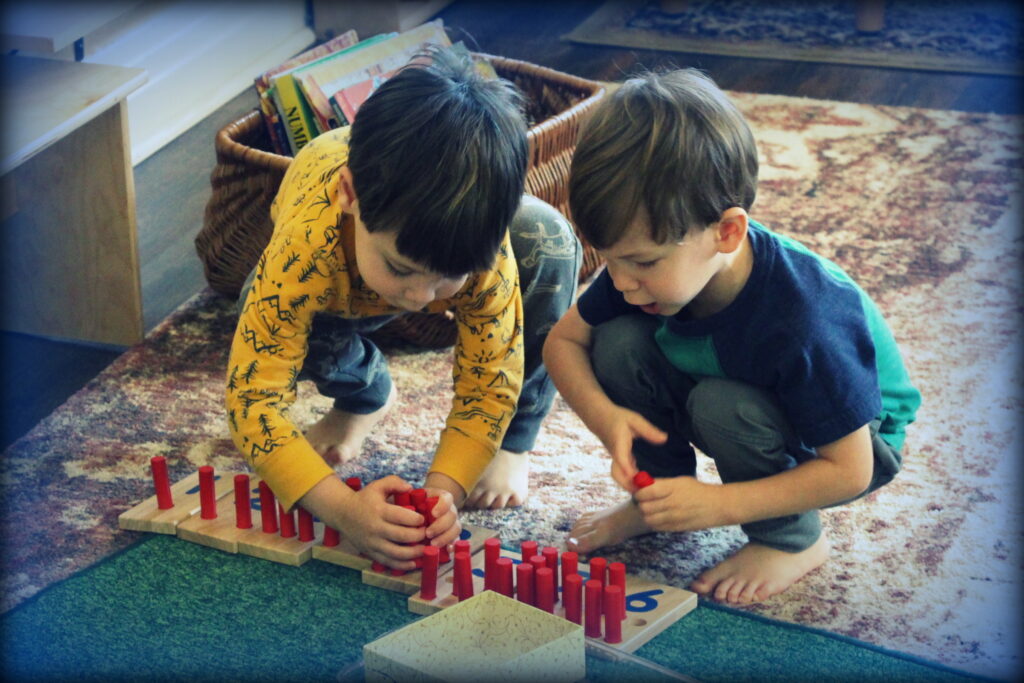





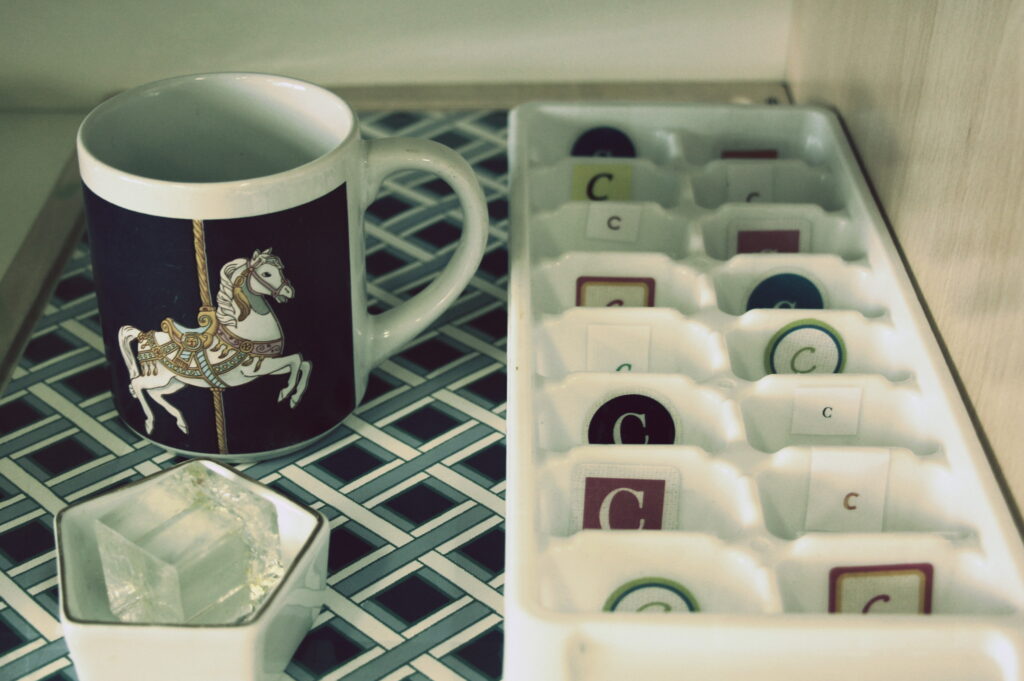


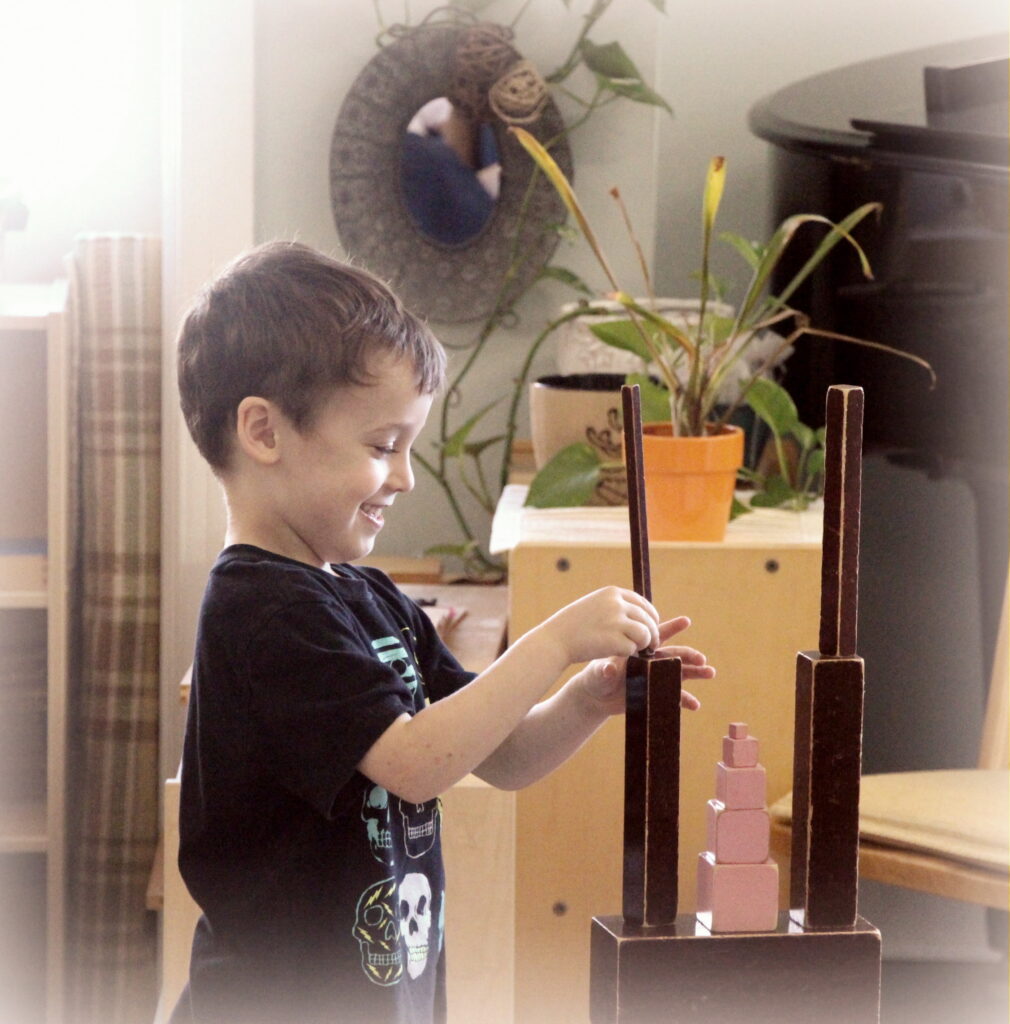




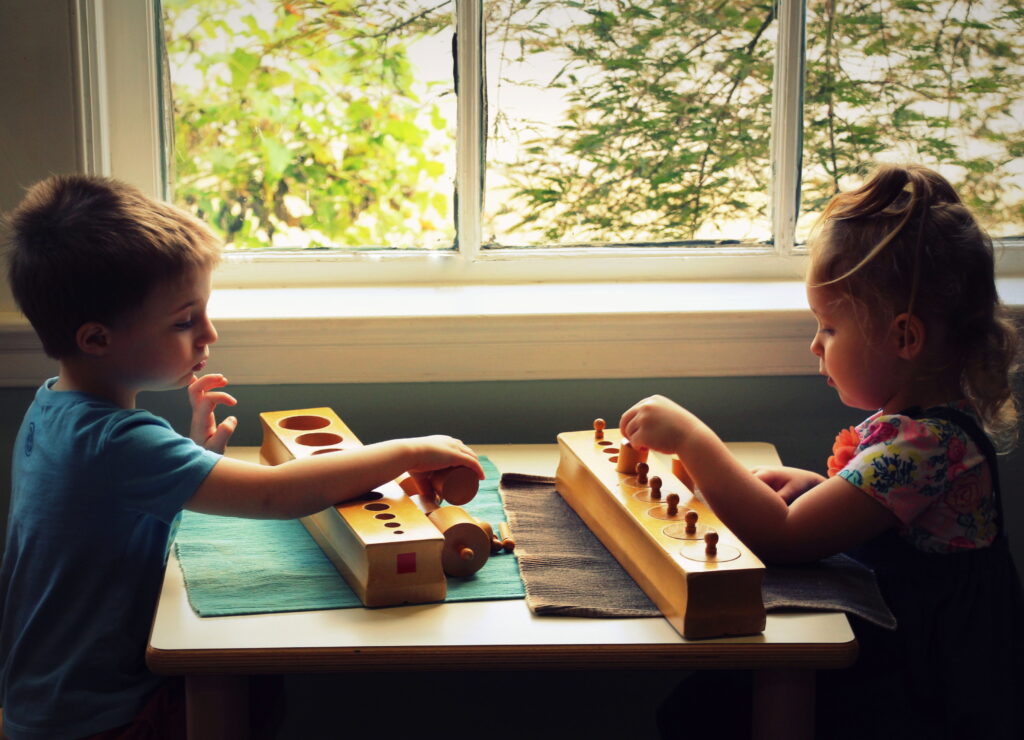



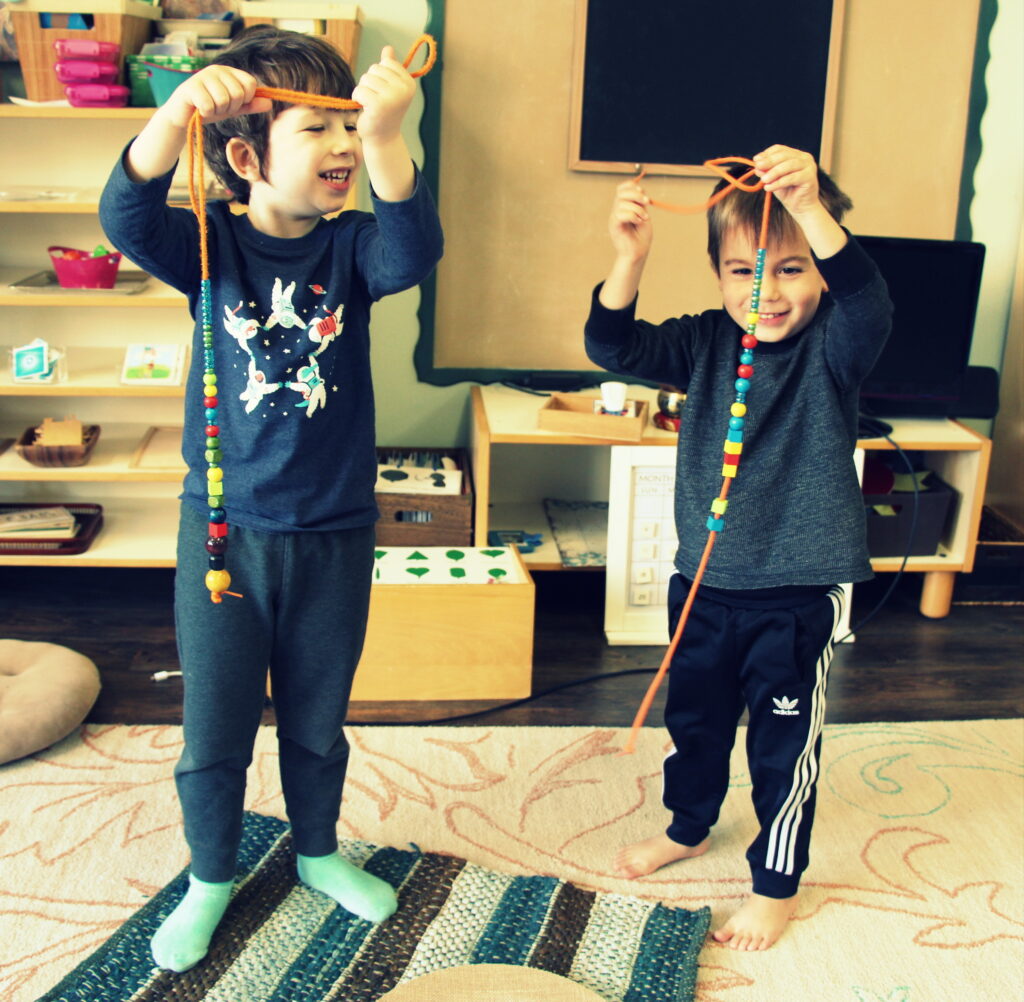



























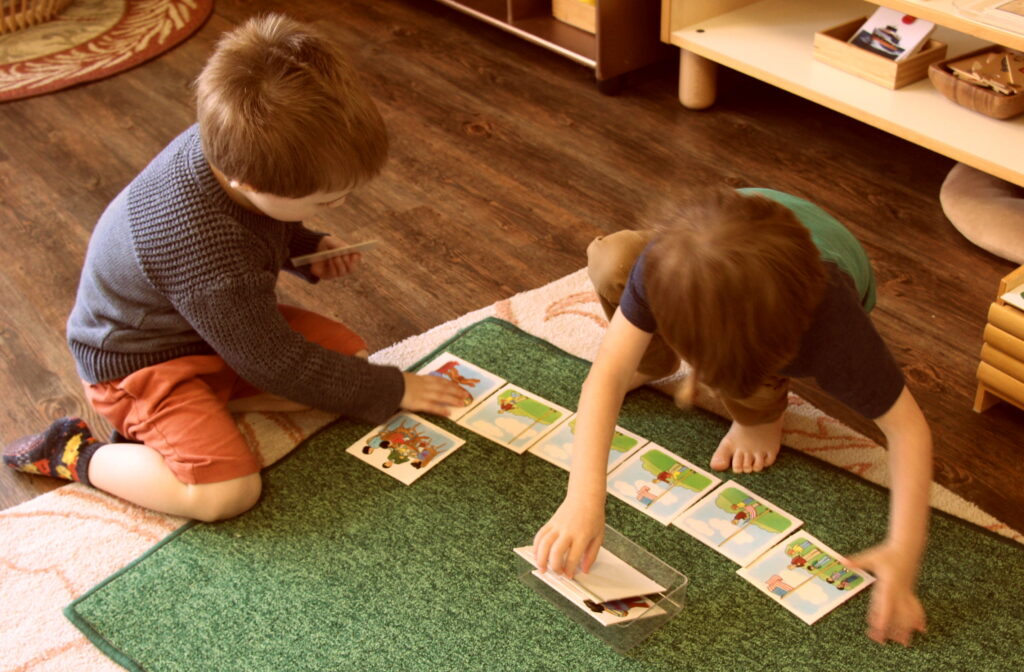


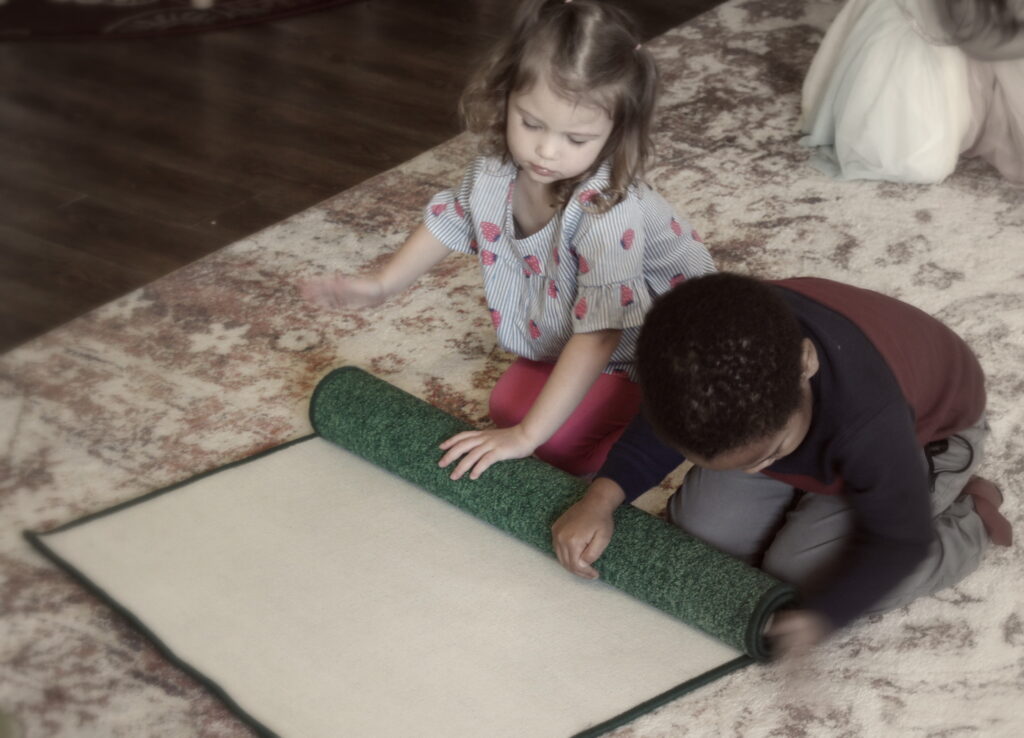






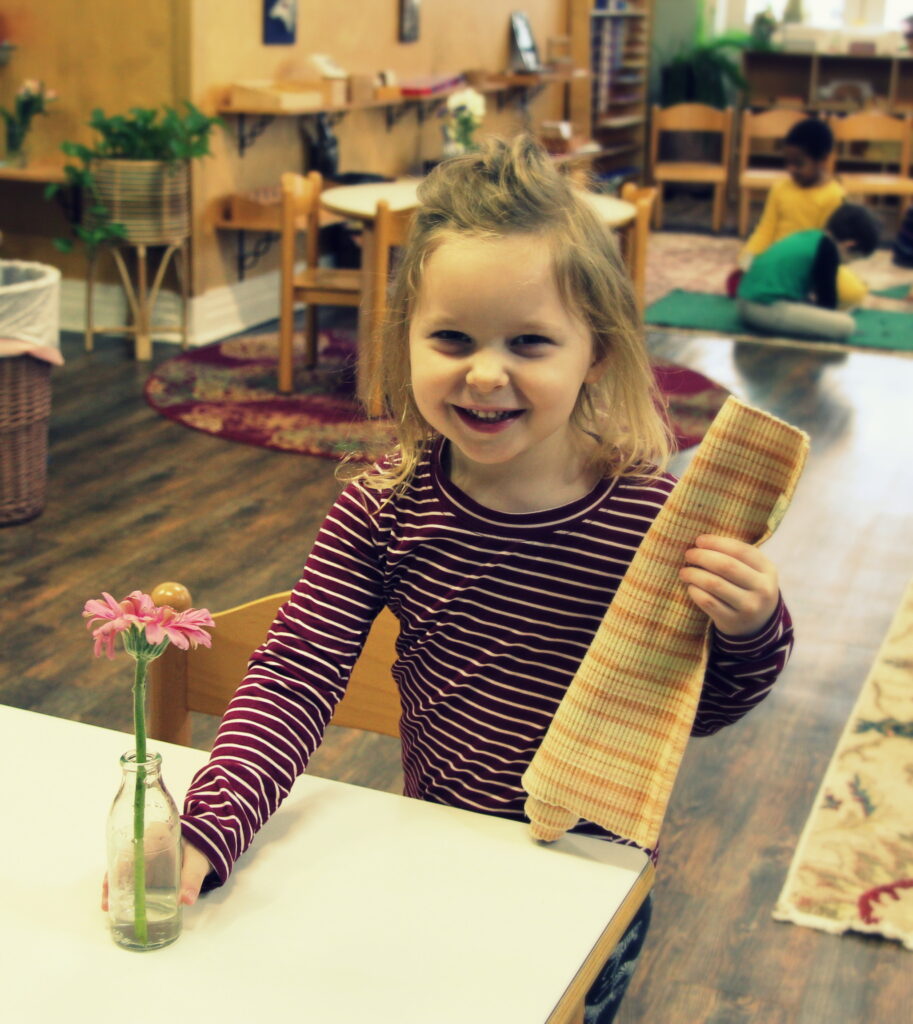









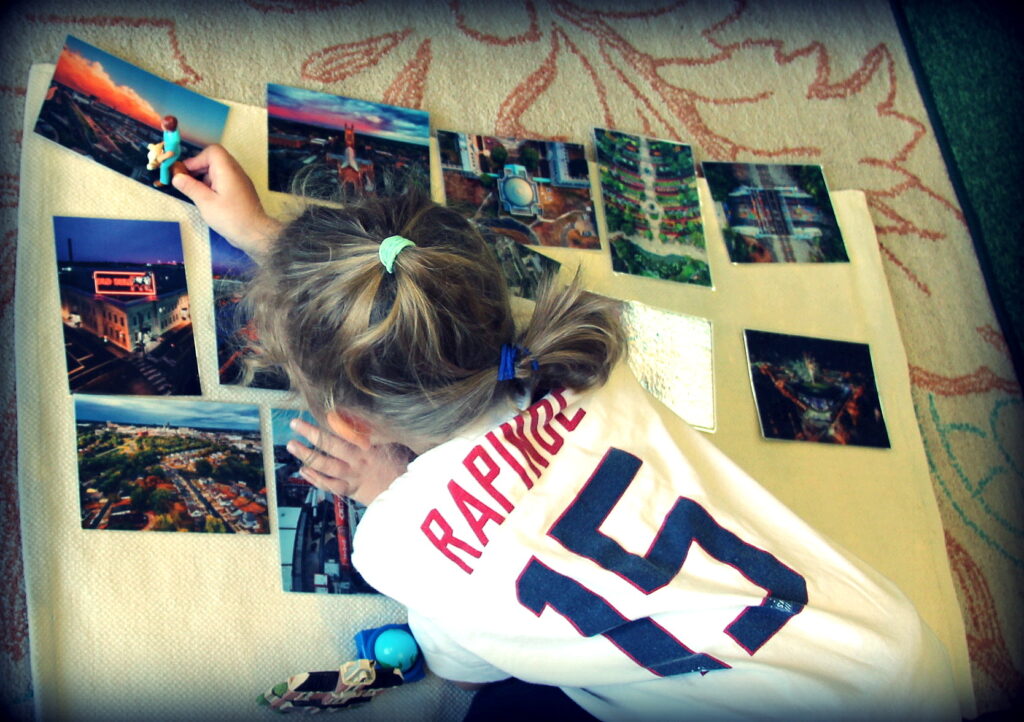
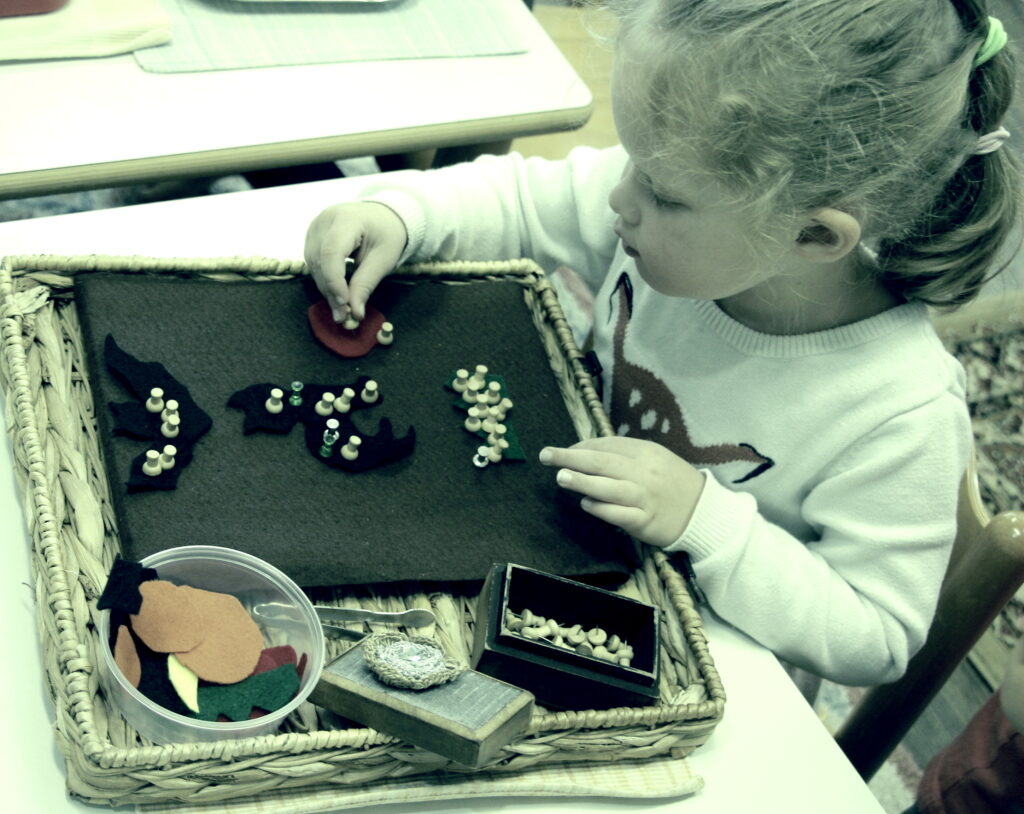






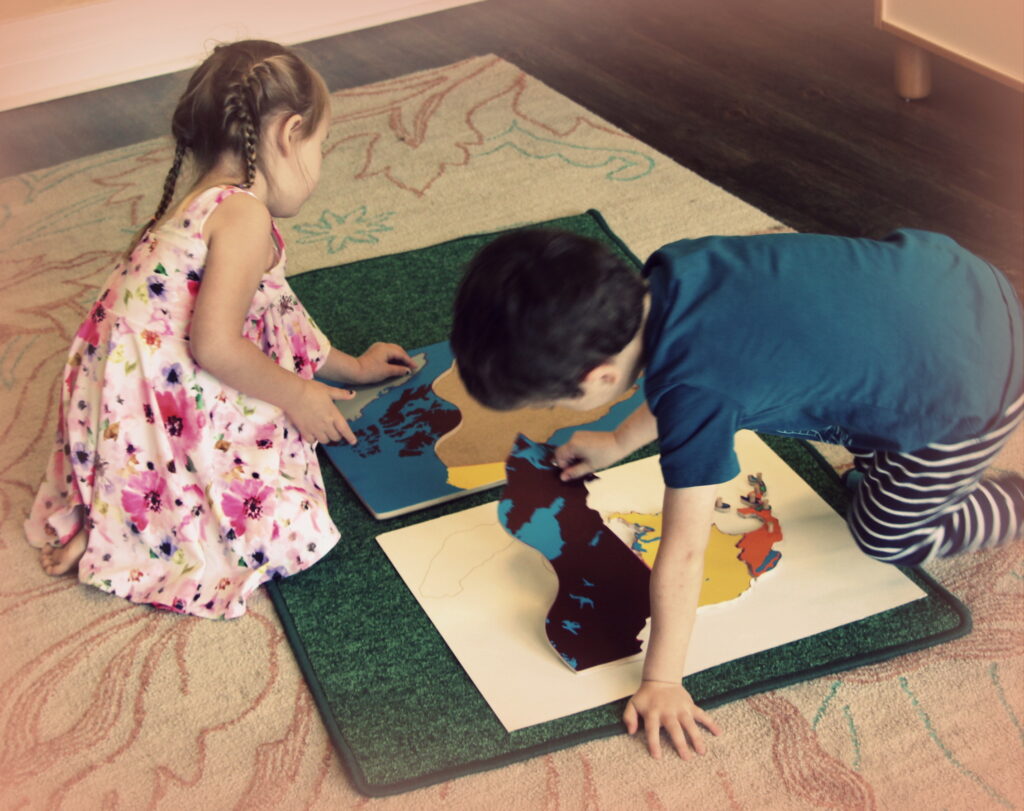
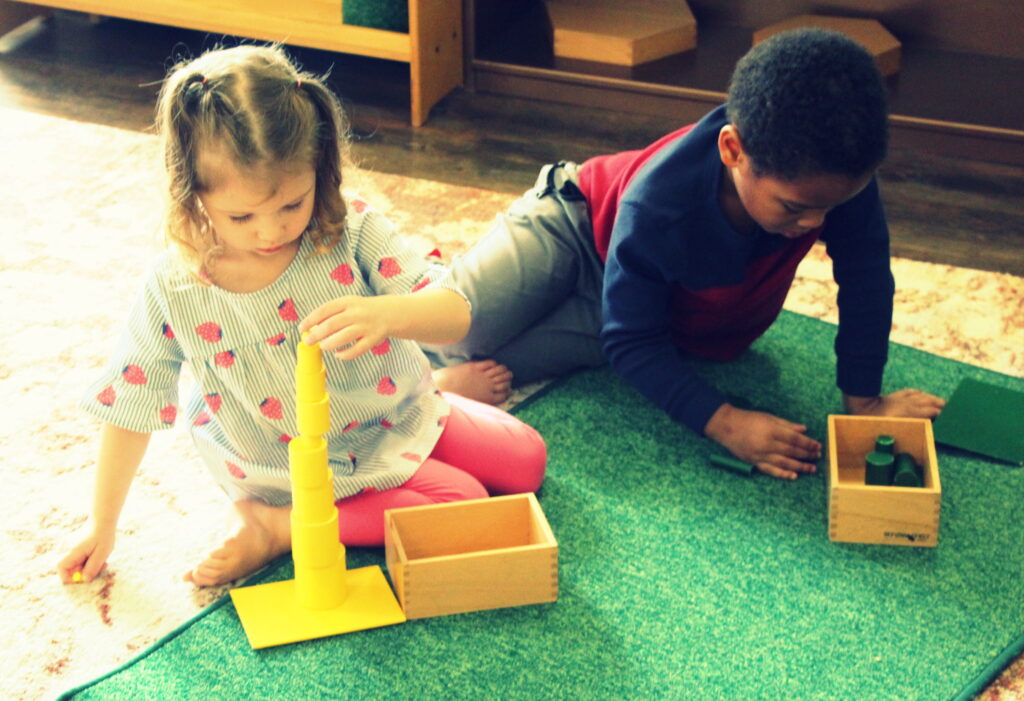









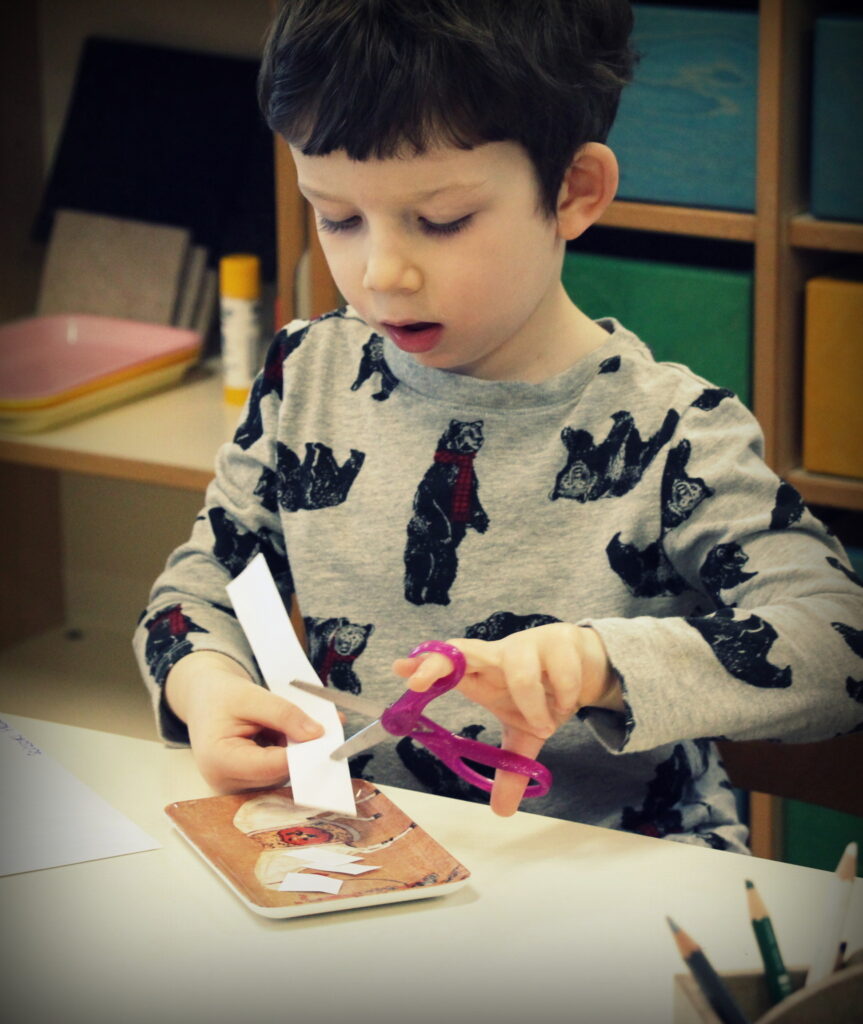
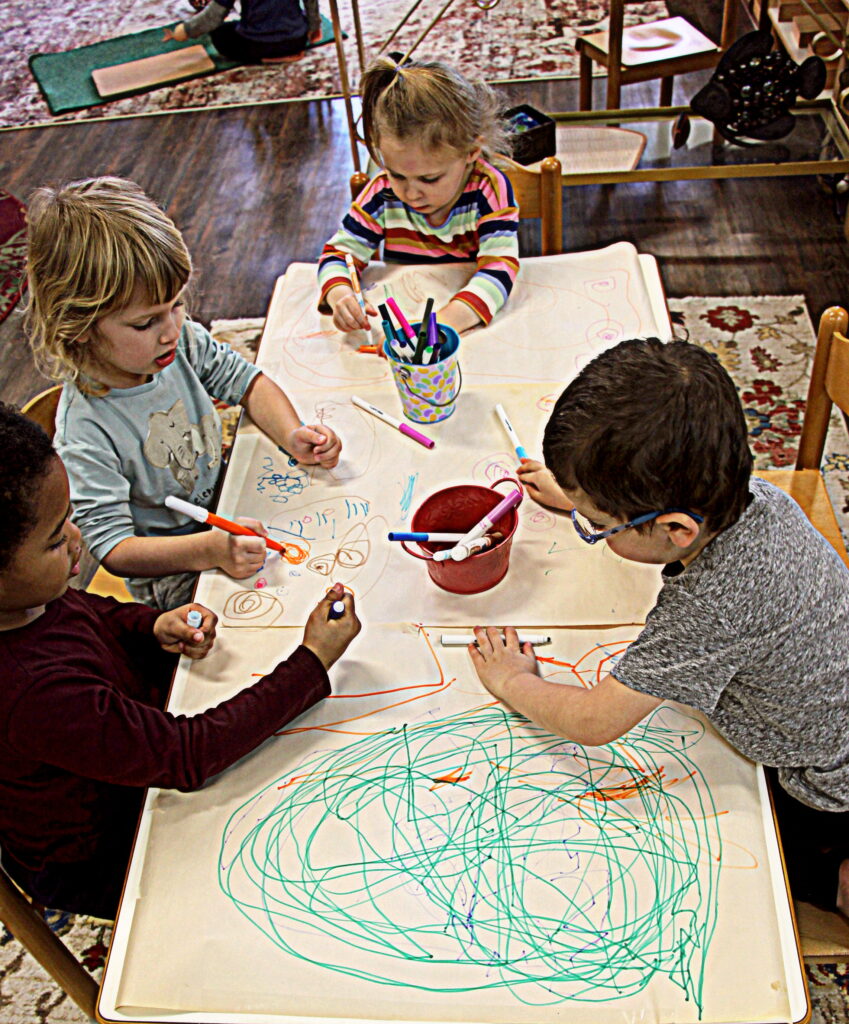
THANK YOU for these awesome photos, and the SONGS! Tom and I watched together probably five times just in one sitting. My heart melted. Given that we can’t chat with teachers or see classrooms during covid, it’s really nice to read through these updates and hear what’s going on in class. Thank you to all of you amazing teachers who continue to provide an awesome (in all senses of the word!) classroom/social/independent/safe environment for our little ones. We are grateful for Indigo and Wonderland, now more than ever!
So glad that the songs were a treat for you and your family! We watched them over and over again, too – this is a really sweet group of students who love to perform! Thanks for sharing that the blog was helpful and that you feel good about everything we are teaching. It means a lot, and we are grateful for both Indigo and Wonderland, too 🙂
Although I looked at this around the holidays, I finally had some time this week to look again more thoroughly! Such great photos and updates. I can only echo Elizabeth’s comments. We are so grateful for our amazing teachers and the positive impact you have in these kids. We see it every day.
Glad you were able to come back and learn some more! It’s all still very fresh information for our students as we keep coming back to certain subject areas, since we want them to retain some of this knowledge. So good to hear that you are seeing the positive impact at home, too. That’s what we love to hear!
What happy, engaged students! I’m impressed by the thoughtful challenges, reinforced skills, and varied learning centers. My granddaughter is fortunate to have this structured, caring, academic environment.